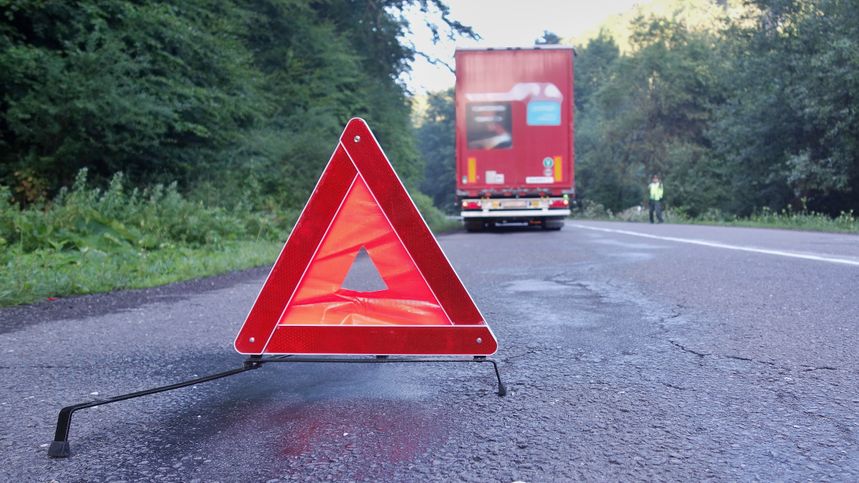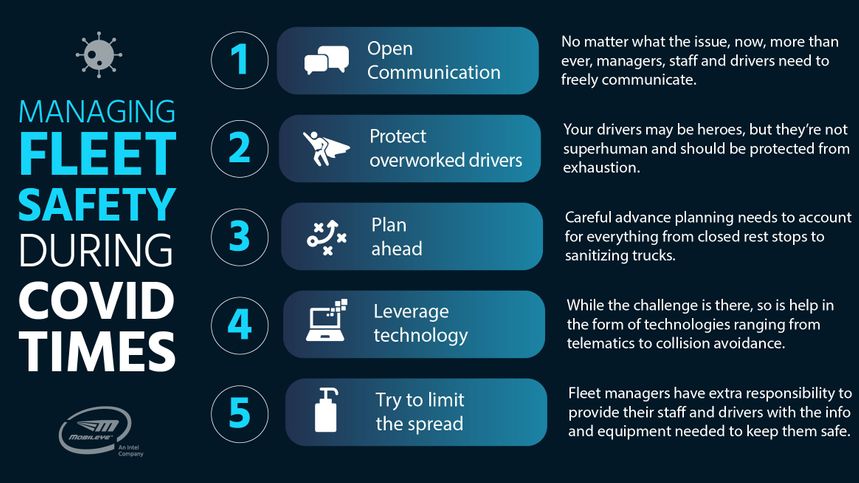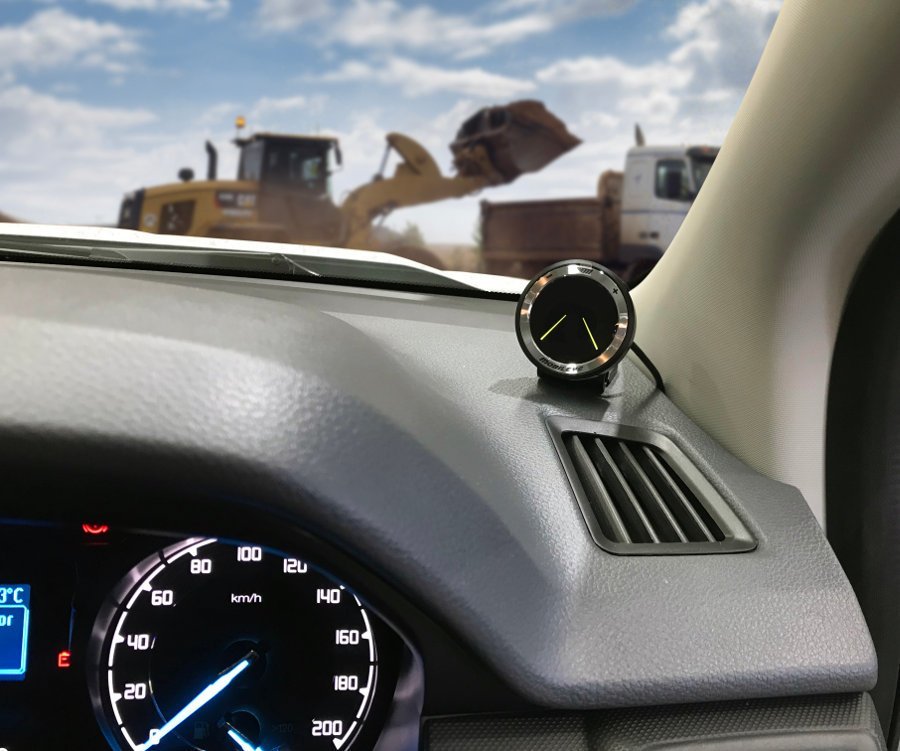
One of a fleet manager’s most important goals is boosting fleet efficiency. A cost-effective fleet means seizing every opportunity to maximise your budget, thereby contributing to company profitability.
This is not without its challenges with downtime being one of your primary obstacles. As you well know, downtime means you have an expensive piece of equipment that’s just “sitting-around”, essentially acting as a drag on your budget. Or, as one expert put it, “If the wheels don’t turn, you don’t earn.”
Mike Antich, writing in Fleet Financials, notes that downtime loss estimates can range from USD$448 to USD$760 (AUD $700 – $1,190) a day. Serious money—and that may not even cover the indirect costs.
Unscheduled downtime can lead to cancelled or late deliveries. And the impact of this will vary from fleet to fleet; in some cases, penalties may need to be paid for late delivery and in other cases loads may spoil, leading to further losses. It could mean missing service times, important appointments or critical maintenance work that can lead to even further issues. Not to mention taking into account intangible losses such as an erosion of customer trust and acquiring a reputation for poor service.
Managers also need to account for wasted labour-hours. Unscheduled downtime can mean a driver is sitting around and waiting for a replacement vehicle, on the company’s time or, in case of a collision dealing with the aftermath. An analysis conducted by Automotive Fleet, showed that each day a salaried driver was unable to work cost the fleet almost USD$640 (AUD $1,000).
These figures highlight the critical importance of avoiding downtime, particularly unscheduled downtime. Of course, by nature, unscheduled downtime is the result of something unexpected, so how do you prepare?
First, we need to look at the causes of unscheduled downtime. There are two main culprits:
1. Breakdowns, and
2. Bad driving/ collisions.
While neither of these situations are completely in your control, steps can be taken to reduce their impact.
It seems obvious, but the best step you can take to avoid breakdowns is to implement a robust maintenance schedule. Somewhat ironically, taking your vehicles out of service for maintenance may mean more downtime but scheduled downtime is far preferable to having a vehicle break down while on the road.
Fleet Financials also emphasises the importance of predictive maintenance, analysing which engine components are ending their lifecycle so they can be replaced right before they give out.
Collisions are possibly even a greater threat to fleet efficiency. As with breakdowns there is the cost of repairs and the time the vehicle is in the shop for which, depending on the severity, may well require a long repair time. By their nature, repairs will be far more of a drain on resources, particularly on drivers who may have to speak to police and insurance investigators, who may need to testify in court or who may be injured. Even if the fleet is not paying for this time, they’re still losing productive work hours.
While collisions may seem unavoidable there are steps you can take to seriously reduce collision rates and the subsequent downtime they cause. These include driver coaching, incentives for safe driving or disincentives for being involved in collisions.
However, what may be the most effective step you can take to reduce collisions is to install collision avoidance systems in fleet vehicles. Collision avoidance systems can be retrofitted into almost any fleet vehicle and work by alerting drivers to potential collisions, giving them time to avoid or mitigate a crash.
The Mobileye collision avoidance system, for example, provides drivers with five types of alerts:
Headway Monitoring & Warning – displays the amount of time to the vehicle in front and issues an alert when time becomes critically short
Forward Collision Warning: A forward collision is imminent with a car, truck or motorcycle
Lane Departure Warning: The vehicle is deviating from its lane without signalling
Pedestrian Detection: A collision is imminent with a pedestrian or bicycle
Speed Limit Indicator: Alerts when the vehicle is exceeding the posted speed limit
Blind Spot Warning: Designed primarily for trucks, buses and other large vehicles, this system equips the vehicle with extra cameras that scan blind spots for potential collisions.
According to the Queensland Government’s Department of Transport and Main Roads, the benefits of collision avoidance technology are particularly pertinent for heavy vehicles. It revealed that over the life of a heavy vehicle the average benefit of having collision avoidance system installed was approximately AUD$13,700, far exceeding the initial set up costs.
In addition, a collision avoidance system seems to function as an on-the-job coach. During a recent study by the Insurance Institute of Highway Safety (IIHS), the behavior of drivers using collision avoidance systems was observed. In the first stage, alerts triggered by drivers were measured, but the drivers were unaware of the alerts. In the second stage, the systems were activated so that drivers were notified when alerts were triggered. It was during this second stage that the number of alerts dropped anywhere from 30-70% and 62% of drivers reported that they felt the system had improved their driving.
This is important for fleet owners looking to increase fleet efficiency by decreasing downtime caused by collisions that can put your vehicles out of service, waste your drivers’ time and hurt your reputation. For a company like Ambu-Trans Ambulette, installing a collision avoidance system helped in reducing collision related losses by an astounding 91%.
Contact us for more information on how Mobileye can help you keep your fleet on the road and contributing to the bottom line.




